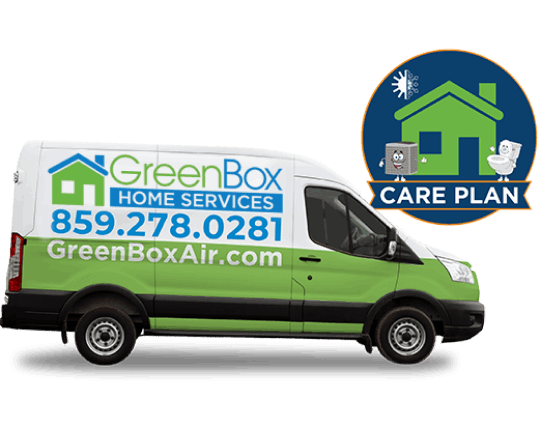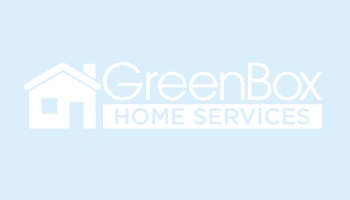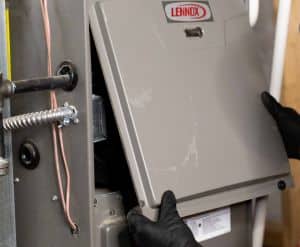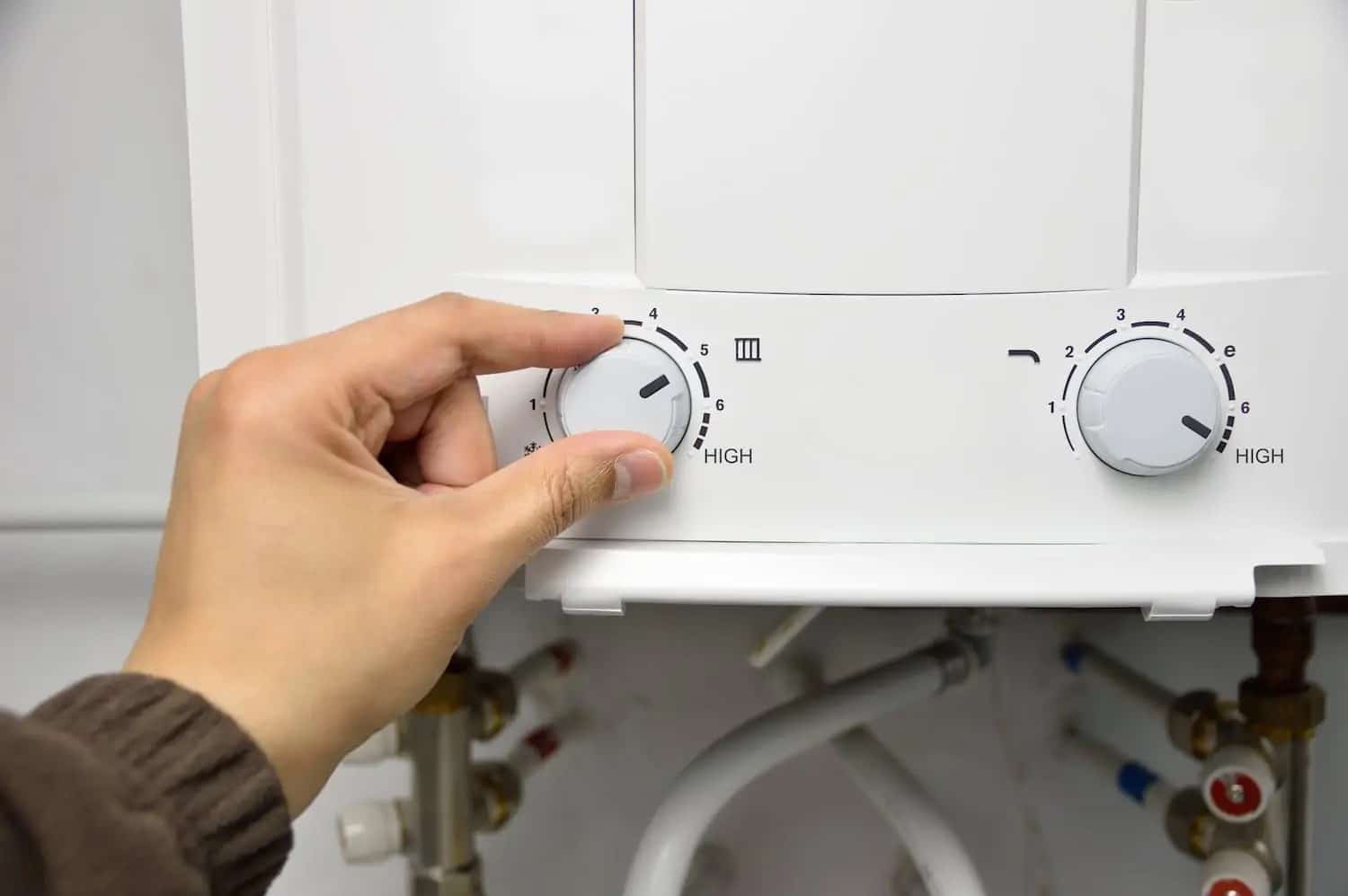All You Need to Know About UV Air Purifiers and Filter Types
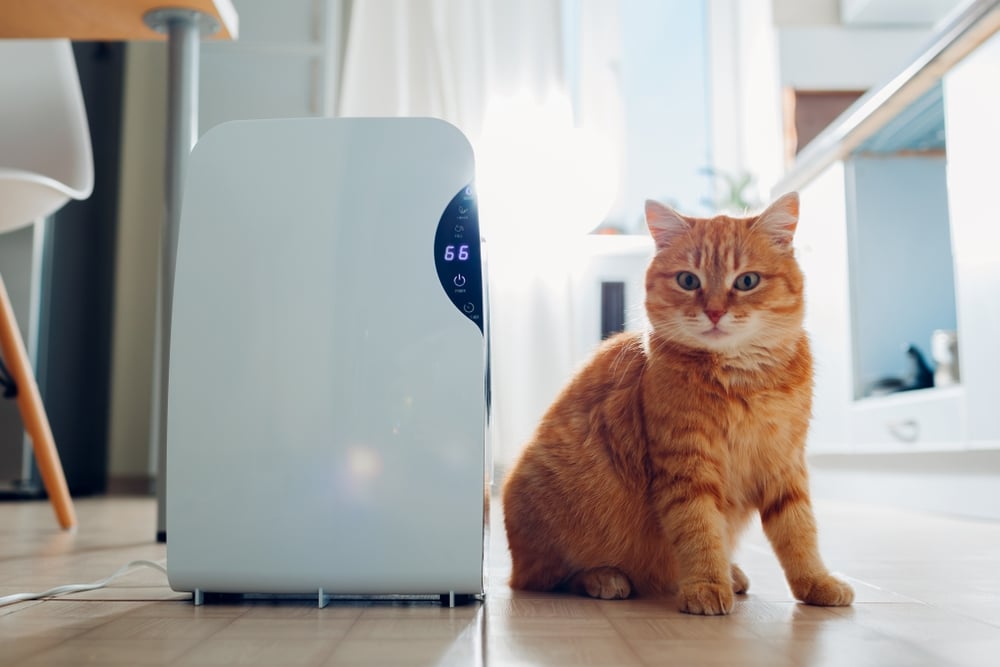
Using UV Rays To Clear the Air
Do you struggle with allergies or own a couple of dogs who shed? Perhaps you live in an area with a great deal of dust or air pollution. Air purifiers present a fantastic solution to help address air quality concerns. While a 1-inch air filter can stop some things, thicker filters work better and last much longer (you have to change a 1-inch filter every 30 days). But you have other options, too.
Here’s a quick guide to understanding UV air purifiers, filter types, and how a UV air purifier can best help you. We’ll start with the ABCs of UV air purifiers, then explore some of the most commonly asked questions about ultraviolet light purification and air filters.
Let’s begin.
UV Air Purifier ABCs
One of the biggest things to learn about UV air filters relates to what kind of ultraviolet light is used in the different kinds of air purifiers. All three of the light types naturally occur in our world, but only one can be used to purify the air.
- UV-A Light: This is the most common, accounting for 95% of the sun’s radiation on earth. It is used in tanning beds but can cause premature aging and skin wrinkles.
- UV-B Light: This light causes sunburns, damaging DNA, and the top layer of human skin. As a result, it has been strongly linked to skin cancer.
- UV-C Light: This is the light used in air purifiers as it can damage cells. Earth’s atmosphere blocks the full 100% of the sun’s natural UV-C radiation, but we can create here on Earth. As the air gets pulled into the UV filter, the HEPA filter gets rid of dust and particulates while the UV-C light helps to damage harmful viruses and bacteria.
Since the short-wave UV-C light targets small microorganisms, UV air purifiers excel at addressing bacteria, virus, or mold concerns in an indoor space. However, it pays to know about traditional air filters, too, involving things like MERV ratings. If you want to know more, keep reading.
Do Air Purifiers Need UV?
Not all air filters use ultraviolet or UV light. But UV air filtration uses technology to prevent microorganisms like viruses from infecting your home or indoor space. The light works by damaging an organism’s genetic material which means they can’t make more of themselves. UV air purifiers typically also use traditional filters to remove other particulate matter like dust along with potentially illness-causing bacteria and viruses.
UV light air purifiers do NOT produce ozone which means they won’t irritate people with respiratory issues like an ozone generator air purifier. Many also come equipped with traditional air or HEPA filters as an added weapon against dust and harmful microorganisms.
What MERV Rating Filter Should I Use?
MERV stands for “minimum efficiency reporting value” and relates to the ability of a filter to purify. MERV scores range from 1 to 20 with lower quality filters in the 1 to 4 range made of fiberglass. Commercial buildings generally use air filters with a 5 to 16 score while home HVAC systems use 7 – 12 MERV ratings. You can find more information about MERV ratings here.
There are five common types of air filters or purifiers and they can coexist in one device:
- Electrostatic filters: These filters charge air particles in order to trap them, then remove and rinse them to reuse them. However, they produce ozone which can be harmful to humans.
- Ozone Generators and Ionizers: These filters also produce ozone, producing charged particles (either ions or ozone). Since normal air particles have neutral charges, the ozone and/or ions charge the particles, making them stick to surfaces instead of staying in the air. People with respiratory issues should avoid ozone generators as it could cause irritation.
- Activated Carbon Filters: Carbon is common in water purifiers, so it stands to reason that it can help air purification, too. Porous carbon works to trap gasses and odors passing through it in order to remove particulates from the air.
- Basic/HEPA Filters: These are the most common type of air filters, often made from fiberglass, foam, cotton, or other particle-trapping materials. As the air passes through a free-standing model or your HVAC system, air particles get trapped. Once the filter fills up, it is time to change it. A filters MERV rating determines how well it can filter particulates or for how long.
- UV Light: As mentioned, UV lights worked as a germicide to stop viruses from reproducing. You can install it into your HVAC system and work well in tandem with other types of air filters.
While some suggest changing your filter every month, you may not have to depend on the level of particulates in your indoor space and quality of your air purifier. Be sure to consult the product handbook or a professional with your questions.
Invest in a UV Air Purifier to Improve Your Air Quality
Put a barrier up against pesky allergens and common cold viruses with a UV air purifier in your home or indoor space. Not only will it help filter out dust, hair, and other common particles, it uses naturally occurring UV-C light to stop viruses in their tracks and eliminate mold spores.
